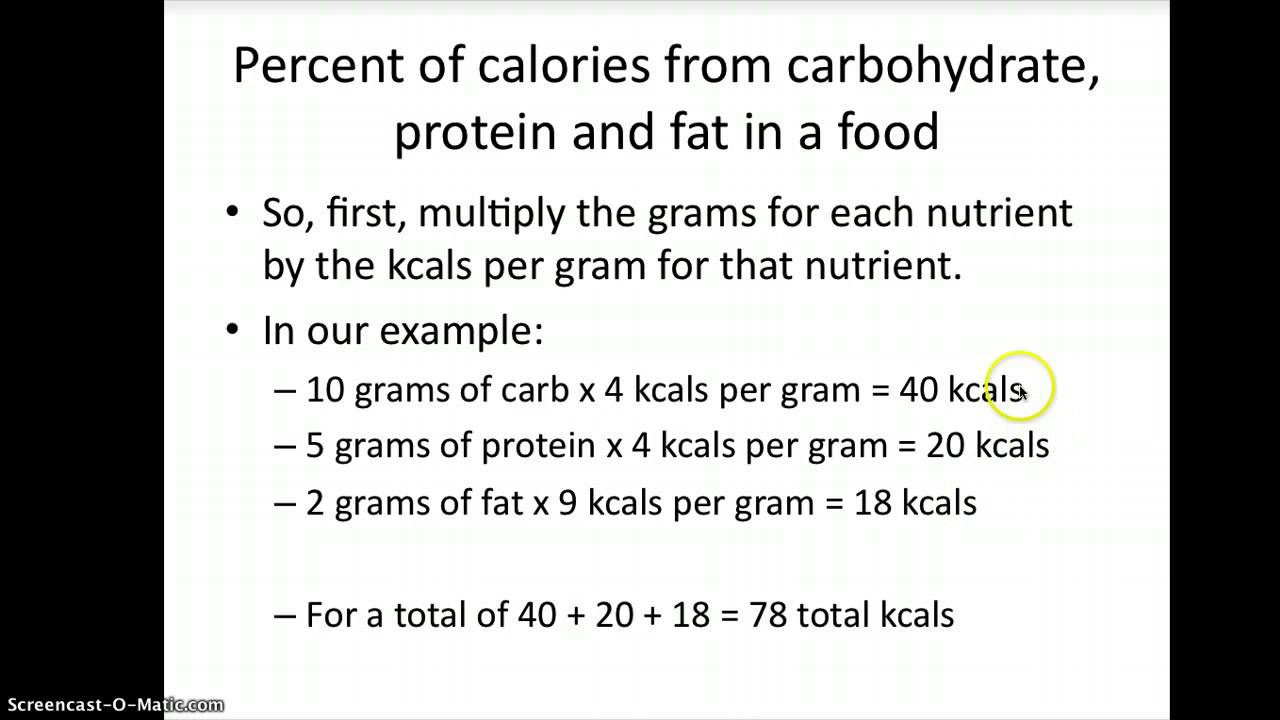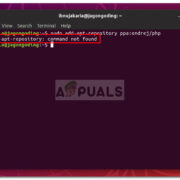Understanding how many kilocalories—or kcals for short—you consume can be crucial in managing your diet, health, and fitness goals. Kilocalories are a measure of energy and often used interchangeably with the term ‘calories.’ Keeping track of your energy intake helps maintain a balanced diet and can support weight management. This easy-to-follow guide will equip you with various methods to calculate kcal in your daily meals, helping you make informed decisions about your nutrition.

Using Nutrition Labels
Most packaged foods come with detailed nutrition labels that make counting kcals straightforward. These labels provide essential information about the nutritional content, including kcal count per serving.
Detailed Steps:
- Locate the nutrition label on your food package.
- Look for the section that lists ‘Energy’ – this is usually given in both kilojoules (kJ) and kilocalories (kcal).
- Note the amount of kcals per serving size.
- Determine how many servings you’re consuming. If you eat double the serving size, you’ll need to double the kcal value.
- Add up the kcals for all the packaged foods you consume throughout the day.
Summary:
Using nutrition labels is one of the most accurate ways to count kcals, as long as the serving sizes are measured correctly. However, it doesn’t apply to unpackaged, fresh foods, and there is room for minor discrepancies in the label’s accuracy.
Digital Food Diary Apps
Digital food diary apps are an innovative solution that simplify tracking your kcal intake by providing a comprehensive database of foods, including fresh produce and restaurant meals.
Detailed Steps:
- Download a reputable food diary app on your smartphone.
- Create an account and set up your profile, including target kcal intake if known.
- Record every item you eat or drink within the app.
- Use the app’s search feature or barcode scanner for packaged items to find the kcal content.
- The app automatically tallies your daily intake.
Summary:
Food diary apps offer a user-friendly platform to track your kcal intake. They can be highly accurate and convenient with enormous databases of food items. However, it requires consistent data entry for effectiveness and might not always include every possible food item.
Cooking at Home
When preparing meals at home, you can calculate the kcal content by knowing the kcal contribution of each ingredient.
Detailed Steps:
- List all the ingredients used in your recipe.
- Use a kitchen scale to weigh each ingredient.
- Check a nutritional database or food labels to find the kcal content per gram for each ingredient.
- Multiply the weight of the ingredient by its kcal content to get the total kcals for that ingredient.
- Add all the individual kcal figures together to get the total kcals for the recipe.
- Divide the total kcal count by the number of servings to find the kcal per serving.
Summary:
Cooking at home allows for precise control over ingredients and serving sizes, making it easier to calculate kcal. This method can be time-consuming, and accuracy depends on the careful measurement and recording of ingredients.
Restaurant Menu Research
Many restaurants now list kcal counts on their menus, making it easier for you to choose dishes that align with your dietary goals.
Detailed Steps:
- Review the restaurant’s menu, either in-house or online, for kcal information.
- Choose dishes that provide their kcal content.
- Keep track of what you order and note the kcal for each item.
- Add the kcal counts together if you order multiple items to get your total kcal consumption for that meal.
Summary:
Restaurant menus with kcal listings are an excellent tool for mindful eating when dining out. The downside is that not all establishments provide this information, and there is a potential for variation in cooking that may affect the actual kcal count.
Use of Kcal Counting Websites
Various websites are dedicated to helping users count the kcal in their meals. They often have extensive databases that match the kcal values for standard servings of many foods.
Detailed Steps:
- Access a kcal counting website through your internet browser.
- Use the search function to find your food item.
- Input the portion size you’ve consumed to see the corresponding kcal count.
- Repeat this process for all food items you consume.
- Most sites also allow you to log these daily intakes and keep a running total.
Summary:
Kcal counting websites can be a tremendous free resource, but they require accurate serving size input and may have a less comprehensive database compared to some smartphone apps.
Measuring Cups and Spoons
While less precise than a scale, measuring cups and spoons can help determine the serving size and subsequent kcal count.
Detailed Steps:
- Use measuring cups and spoons to quantify your portions according to package or recipe directions.
- Refer to a nutritional database or label to find the kcal content for the measured serving size.
- Use these measurements to calculate your total intake.
Summary:
This method is useful for those without access to a food scale, but it is less precise and can lead to overestimation of kcal counts.
Estimation Techniques
Learning to estimate serving sizes can be practical, especially when eating without access to measuring tools or labels.
Detailed Steps:
- Familiarize yourself with visual equivalents for standard serving sizes (e.g., a cup of pasta is roughly the size of a tennis ball).
- Estimate the serving size of food items based on these visual cues.
- Refer to known kcal counts for these estimated serving sizes from a reliable source.
Summary:
Estimation techniques require no equipment and are good for on-the-go situations. The downside is a significant margin for error in kcal estimation.
Food Scales
A food scale is a valuable tool for those looking to get an accurate kcal count, especially when cooking or portioning out foods at home.
Detailed Steps:
- Place your plate or bowl on the food scale and zero it out.
- Weigh your food portion and note the weight in grams or ounces.
- Look up the kcal content per unit of weight for the food item.
- Do the maths to find out the total kcal content of your serving.
Summary:
A food scale can provide very accurate kcal counts, but it requires the purchase of a scale and a bit of extra time to weigh and calculate portions.
Reading Serving Size Visual Guides
There are charts and guides available that illustrate the size of standard servings, which can be helpful in estimating kcal without a scale or measuring cup.
Detailed Steps:
- Obtain a serving size visual guide from a reliable nutrition source.
- Use the guide to visually compare food portions.
- Match these with the kcal count for the estimated servings.
Summary:
Visual guides do not require special tools and are user-friendly. They are not as precise as measuring or weighing but are better than guessing without reference.
Professional Nutritional Counseling
A registered dietitian or nutritionist can be consulted to provide personalized guidance on kcal intake.
Detailed Steps:
- Schedule an appointment with a nutrition professional.
- Share your dietary habits, preferences, and goals.
- Receive tailored advice and precise kcal targets for your needs.
Summary:
Professional nutritional counseling offers expert insight but may not be accessible to everyone due to cost or availability.
In conclusion, there’s a variety of methods to calculate kcal intake, ranging from using food labels and technological support, to traditional measurement tools and professional advice. The key is to find the method that best suits your lifestyle and needs, and to use it consistently for accurate tracking.
Frequently Asked Questions
Q: How accurate are calorie counts on nutrition labels?
A: While they’re generally reliable, government regulations typically allow a margin of error in the kcal listed. Portion sizes can also vary, so use these as a guide alongside mindful eating practices.
Q: Are all kcals equal when it comes to weight management?
A: While a kcal is a measure of energy, not all kcals have the same effect on your health. The source of the kcals (carbohydrates, fats, proteins) can have different impacts on your metabolism and satiety.
Q: How often should I count kcals?
A: It depends on your personal goals. Some may benefit from counting daily to manage weight, while others might only do it occasionally to stay mindful of their intake.









